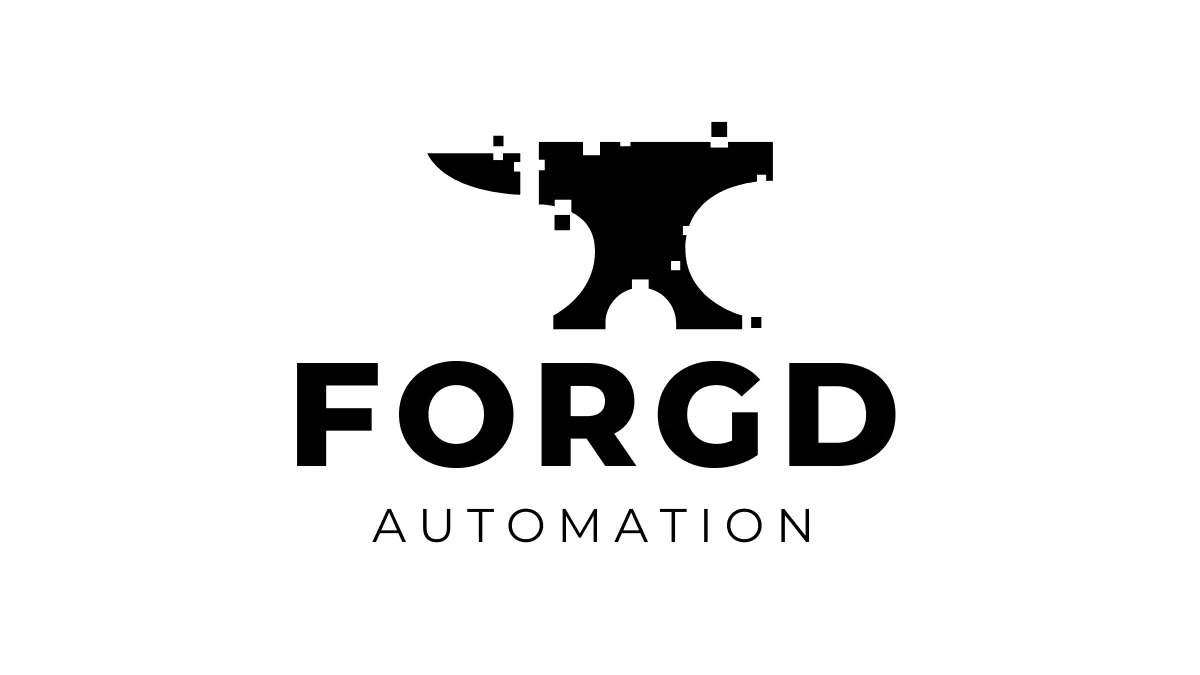
In the evolving landscape of technology, automation has become an invaluable tool for businesses aiming to streamline their operations, increase productivity, and maintain competitiveness. Artificial Intelligence (AI) is at the heart of this transformation, enabling businesses to automate complex, repetitive tasks that were once manually driven. AI-powered automation can revolutionise business processes across departments, from sales and customer service to finance and operations. This article explores how businesses can leverage AI to automate key processes, save valuable time, and enhance overall efficiency.
1. Identify Key Processes for AI Automation
Automation is most effective when applied to the right processes. Start by assessing the daily, repetitive tasks in your business that require considerable time but yield little value if performed manually. The processes chosen should be structured enough to benefit from automation and include activities that will directly enhance efficiency when automated.
- Data Entry and Processing: AI can automate data entry tasks, from populating spreadsheets to updating customer records, reducing the risk of errors.
- Customer Support: Chatbots and virtual assistants can handle a large portion of customer queries, freeing up staff for more complex interactions.
- Inventory and Supply Chain Management: For businesses with complex inventory needs, AI automation can streamline stock management, reordering, and demand forecasting.
2. Choose the Right AI Tools for Your Needs
There is a wide range of AI tools available, from simple automation platforms to advanced machine learning algorithms tailored to specific industries. Choosing the right tools depends on the complexity of your operations, the level of customisation you need, and your budget.
- Robotic Process Automation (RPA): RPA software allows businesses to automate routine workflows, such as processing invoices, updating records, or sending notifications.
- Machine Learning Models: For businesses needing advanced data insights, machine learning models can identify trends, optimise supply chains, and improve decision-making.
- Natural Language Processing (NLP): Ideal for automating text-based tasks, NLP can power chatbots, analyse customer feedback, or create responses based on previous interactions.
3. Design and Implement Your Automation Workflow
Once you’ve selected the right tools, design a workflow that integrates automation smoothly into your existing processes. A well-structured automation workflow should align with your business’s operational goals and include testing phases to ensure optimal functionality.
- Map Out the Workflow: Outline each step of the process you want to automate, from initial data input to the final outcome.
- Test and Refine: Implement automation in stages, testing each part of the workflow to ensure it functions as expected and making adjustments where needed.
- Monitor and Evaluate: Continually monitor the automated process to identify any issues, measure its effectiveness, and ensure that it continues to align with changing business needs.
Reaping the Benefits of AI Automation
Adopting AI to automate business processes can result in considerable time and cost savings. Moreover, automation can reduce human error, improve compliance with industry regulations, and allow employees to focus on higher-value tasks that drive growth. As technology advances, automation tools will become more accessible and flexible, providing even greater opportunities for businesses to enhance their operations with AI.
